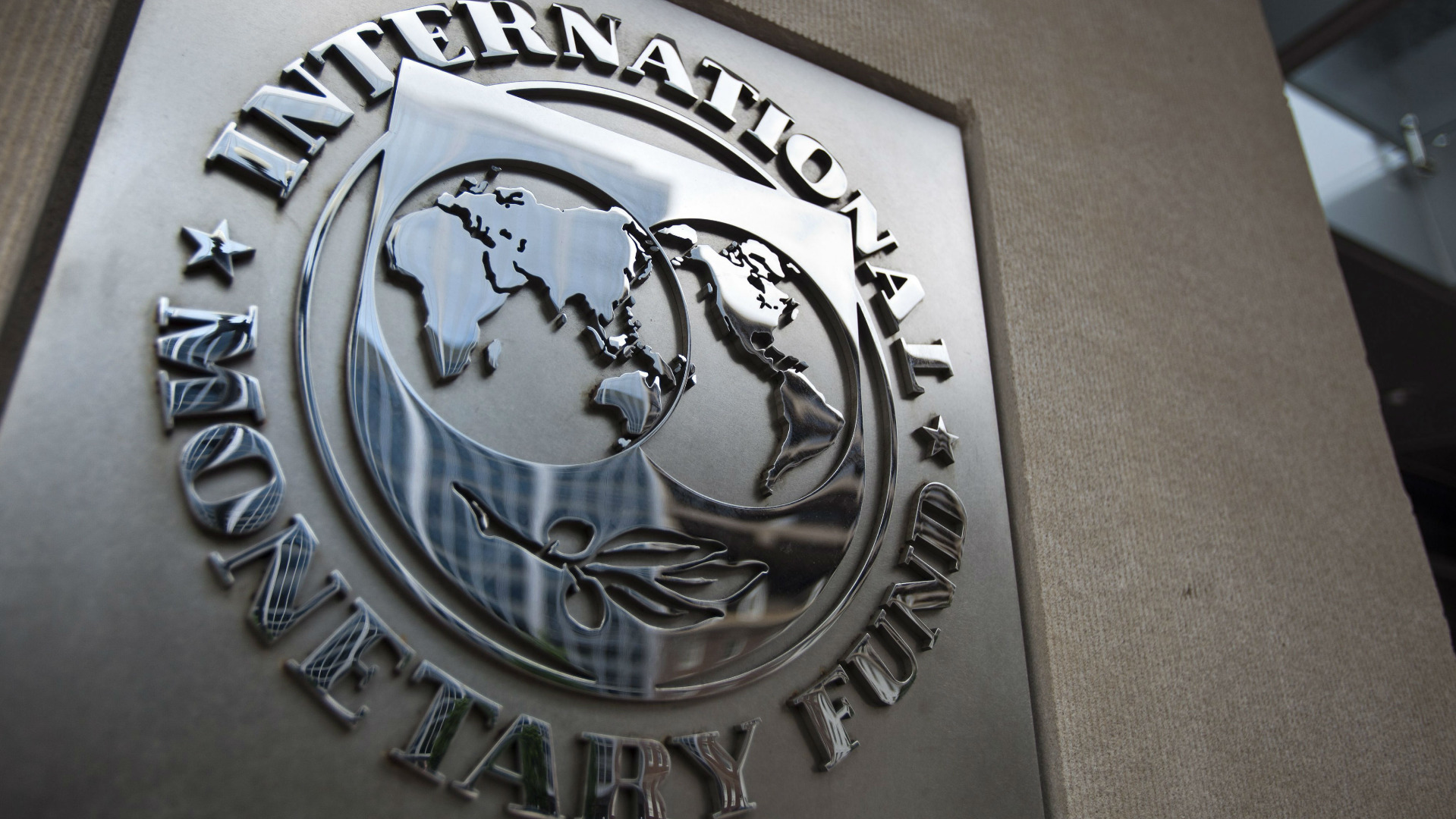IMF Recognizes Bitcoin in Global Economic Framework
22.03.2025 21:00 1 min. read Alexander Stefanov
The International Monetary Fund (IMF) has formally integrated Bitcoin and other digital assets into its global economic reporting framework, reshaping how cryptocurrencies are classified in international finance.
This change is part of the IMF’s latest Balance of Payments Manual (BPM7), released on March 20, which introduces a new approach to categorizing and tracking crypto transactions across borders.
Digital assets are now classified into fungible and non-fungible tokens, with Bitcoin and similar cryptocurrencies treated as capital assets. Since these assets do not have corresponding liabilities, any cross-border transactions involving them will now be recorded in capital accounts as transfers of non-produced assets.
Stablecoins, on the other hand, are recognized as financial instruments, placing them alongside traditional financial assets in economic reports.
The IMF also acknowledges that certain cryptocurrencies, such as Ethereum and Solana, could be categorized as equity-like assets if held by investors across different jurisdictions, making them comparable to foreign equity investments.
Additionally, the new guidelines address staking rewards, suggesting that earnings from staking could be considered similar to dividend payments depending on how the assets are used. This shift signals an evolving perspective on the role of crypto in the global financial system.
-
1
Standard Chartered Becomes First Global Bank to Launch Bitcoin and Ethereum Spot Trading
15.07.2025 11:00 1 min. read -
2
What’s The Real Reason Behind Bitcoin’s Surge? Analyst Company Explains
12.07.2025 12:00 2 min. read -
3
Bitcoin Reaches New All-Time High Above $116,000
11.07.2025 7:56 1 min. read -
4
Canadian Bank Sees Bitcoin Hitting $155,000 by 2025
15.07.2025 10:00 1 min. read -
5
Peter Schiff Warns of Dollar Collapse, Questions Bitcoin Scarcity Model
12.07.2025 20:00 1 min. read
Metaplanet Adds $92.5M in Bitcoin, Surpasses 17,000 BTC Holdings
Metaplanet Inc., a Tokyo-listed company, has just added 780 more Bitcoin to its treasury. The purchase, announced on July 28, cost around ¥13.666 billion or $92.5 million, with an average price of $118,622 per BTC.
China and U.S. Plan Trade Truce Extension Before Talks: How It Can Affect Bitcoin
The United States and China are expected to extend their trade truce by 90 days. The extension would delay new tariffs and create space for fresh negotiations in Stockholm.
Ethereum Spot ETFs Dwarf Bitcoin with $1.85B Inflows: Utility Season in Full Swing
Ethereum is rapidly emerging as the institutional favorite, with new ETF inflow data suggesting a seismic shift in investor focus away from Bitcoin.
Ethereum Flashes Golden Cross Against Bitcoin: Will History Repeat?
Ethereum (ETH) has just triggered a golden cross against Bitcoin (BTC)—a technical pattern that has historically preceded massive altcoin rallies.
-
1
Standard Chartered Becomes First Global Bank to Launch Bitcoin and Ethereum Spot Trading
15.07.2025 11:00 1 min. read -
2
What’s The Real Reason Behind Bitcoin’s Surge? Analyst Company Explains
12.07.2025 12:00 2 min. read -
3
Bitcoin Reaches New All-Time High Above $116,000
11.07.2025 7:56 1 min. read -
4
Canadian Bank Sees Bitcoin Hitting $155,000 by 2025
15.07.2025 10:00 1 min. read -
5
Peter Schiff Warns of Dollar Collapse, Questions Bitcoin Scarcity Model
12.07.2025 20:00 1 min. read


